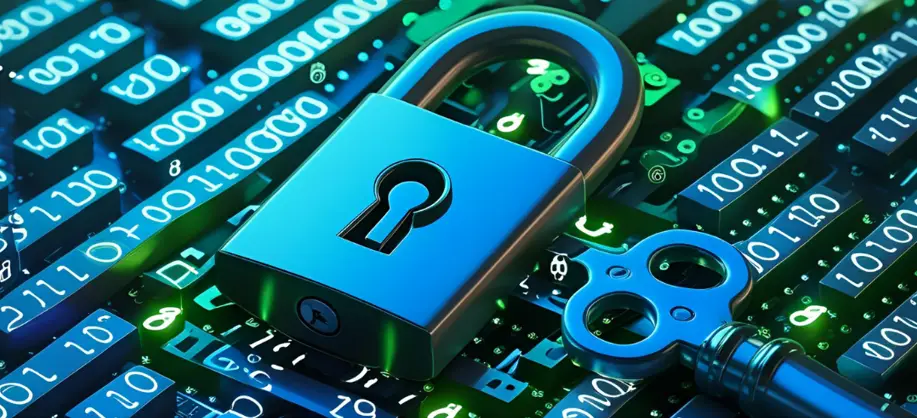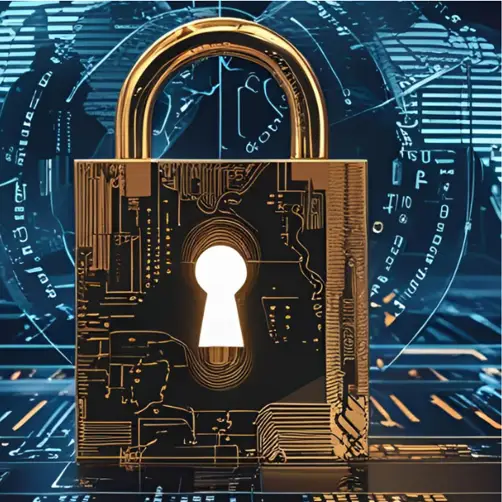International Encryption Standards
What is Encryption?
Encryption (cryptography) is an information security technique used to ensure the confidentiality and integrity of data. In its simplest form, data is transformed into an unreadable format (ciphertext), which can only be decrypted by users who possess the correct key.
International Organizations and the Standardization Process
Several major institutions around the world define and approve encryption standards:
- NIST (National Institute of Standards and Technology – USA)
- ISO (International Organization for Standardization)
- IETF (Internet Engineering Task Force)
- FIPS (Federal Information Processing Standards – USA)
- ENISA (European Union Agency for Cybersecurity)
- ITU-T (International Telecommunication Union – Telecommunication Standardization Sector)
These organizations test, standardize, and document the security of cryptographic algorithms used in both public and private sectors.

Common and Widely Accepted Encryption Standards
🔸 1. AES (Advanced Encryption Standard)
- Organization: NIST (USA)
- Year: 2001
- Type: Symmetric encryption algorithm
- Usage: Finance systems, government agencies, VPNs, Wi-Fi security (WPA2), etc.
- Available in AES-128, AES-192, AES-256 variants.
🔸 2. RSA (Rivest–Shamir–Adleman)
- Developed at: MIT, later approved by NIST and others
- Type: Asymmetric encryption algorithm (public/private key)
- Usage: Digital signatures, SSL/TLS, email security.
🔸 3. SHA (Secure Hash Algorithms)
- Organization: NIST
- Type: Hash algorithms used to ensure data integrity
- Note: SHA-1 is now considered insecure; SHA-2 and SHA-3 are recommended.
🔸 4. TLS (Transport Layer Security)
- Organization: IETF
- Type: Ensures secure data transmission over the internet
- Usage: HTTPS, VPNs, email protocols.
🔸 5. ECC (Elliptic Curve Cryptography)
- Standardized by: NIST
- Type: Offers equivalent security to RSA but with smaller keys
- Usage: Mobile devices, IoT systems, digital signatures.
Other Standards at European and Global Level
🔹 ISO/IEC 27001 – Information Security Management
Cryptography is part of the policies defined in an information security management system.
🔹 ENISA Guidelines
Provides recommendations in Europe for cryptographic key management and encryption strategy.
🔹 FIPS 140-3 – Cryptographic Module Validation
A U.S. government standard that defines security levels for cryptographic systems.

5. Personal Reflection: Cryptography is Not Just Technical, It’s Strategic
In my view, cryptographic standards are not only technical tools but also political and economic instruments. Some countries are developing their own national encryption algorithms (e.g., China – SM4, Russia – GOST), but internationally accepted standards still dominate due to their proven interoperability and global trust.
Furthermore, with post-quantum cryptography discussions accelerating, it’s inevitable that current standards will eventually be replaced by quantum-resistant algorithms. I believe that open, transparent, and widely accepted standards will be more sustainable in this transition process.
References
- NIST – https://www.nist.gov
- ISO/IEC 27001 – https://www.iso.org
- IETF TLS Standard – https://datatracker.ietf.org/wg/tls
- ENISA Guidelines – https://www.enisa.europa.eu
- FIPS 140-3 – https://csrc.nist.gov/publications/detail/fips/140/3/final


